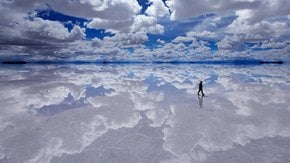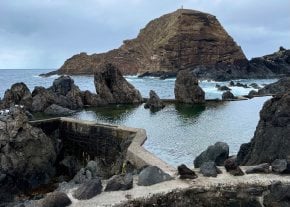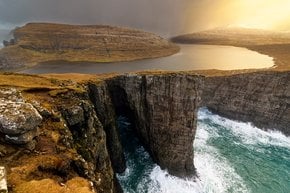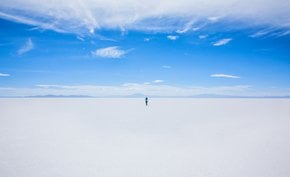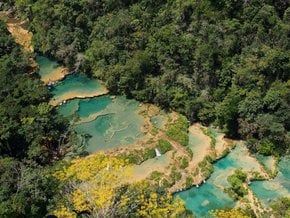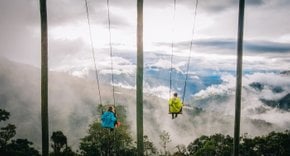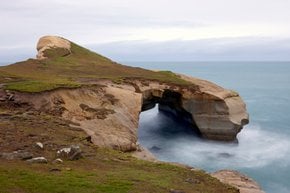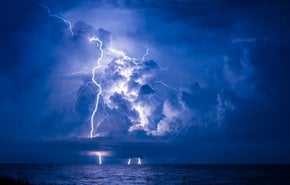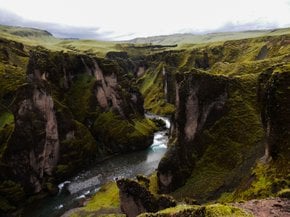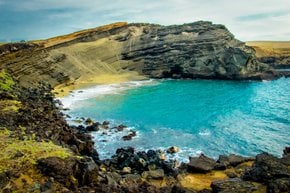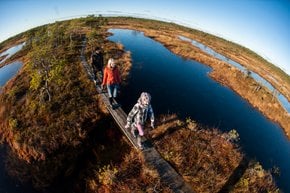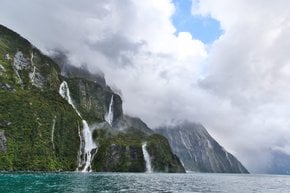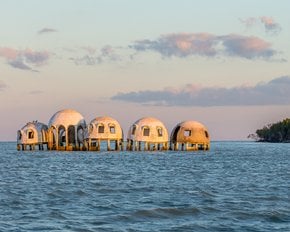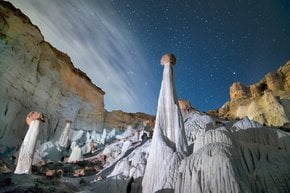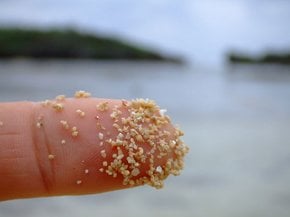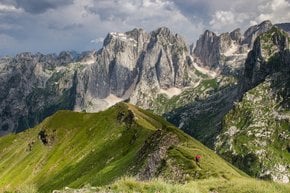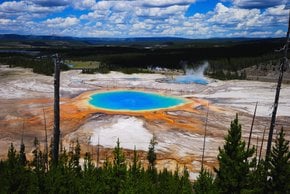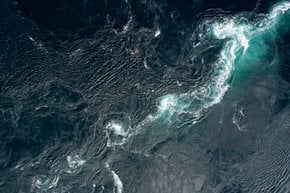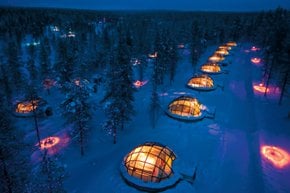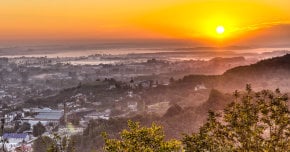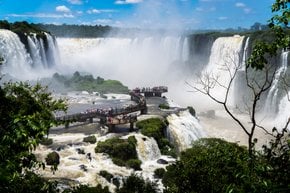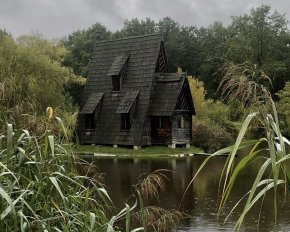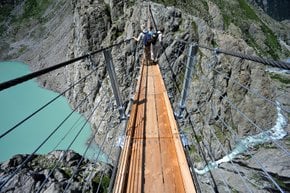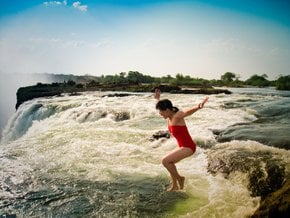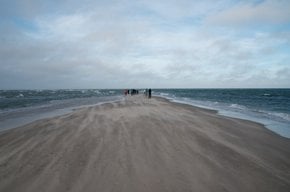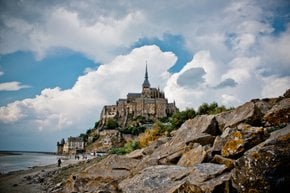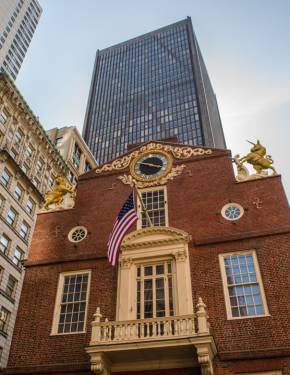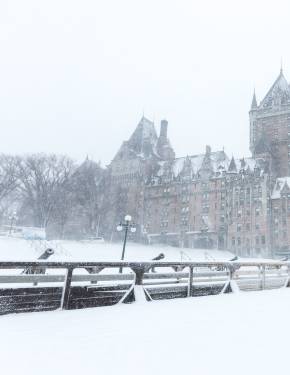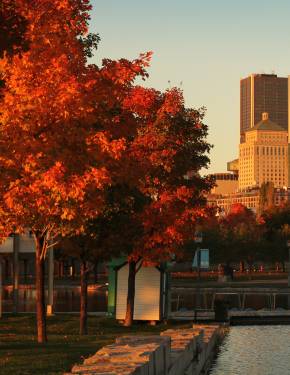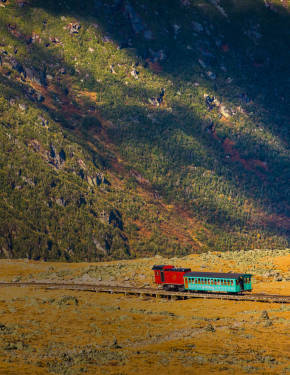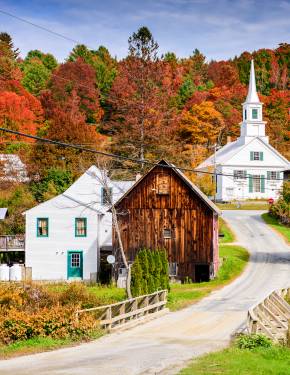Iceberg Alley in Newfoundland and Labrador 2026
This scenic Canada coastline is called Iceberg Alley owing to hundreds of icebergs passing by in late spring and early summer
Best time: April–July (best in late May–early June)
Greenland is ready to share some of its ice with the ocean as temperatures rise. Massive slabs of ice break off the glacier and begin their long journey across the North Atlantic. The so-called Iceberg Alley stretches from Labrador's coast to Newfoundland's southeast coast.
More About Icebergs
Approximately 90% of the icebergs found off the coasts of Newfoundland and Labrador originate from the glaciers of western Greenland, with the remainder coming from Canada's Arctic glaciers. Their immense size is truly awe-inspiring, even without considering the ninety percent hidden beneath the ocean's surface. These natural wonders appear in a variety of shapes and sizes, displaying colors that range from pristine snow-white to vibrant, deep aquamarine.
Best Time to Visit
The iceberg viewing season runs from April to July, with late May and early June being the prime time. The further north, the longer the iceberg season lasts. The number of ancient ice giants wandering along the waterway throughout summertime counts up to a few hundred.
Popular Places to Observe Icebergs
The iceberg route stretches along the stunning east coast of Newfoundland and Labrador, offering countless opportunities to witness these natural marvels. Some of the most popular spots for viewing icebergs, whether from the shore or aboard a tour boat, include St. Lewis, Battle Harbour, St. Anthony and nearby St. Anthony Bight, Twillingate, Fogo Island, Bonavista, Bay de Verde, St. John's with nearby Cape Spear—the easternmost point of North America—Bay Bulls, and Ferryland. The best part is that most of these locations are easily accessible by road, while others can be reached via ferry.
Ferryland
The southernmost of the spots mentioned above is the small scenic coastal town of Ferryland. This cozy town with nice bright huts set on the cliffs above the sea is home to some 400 residents. The locals are lucky to enjoy beautiful marine sceneries year-round, but particularly breathtaking views take over the horizon during the season of icebergs floating by. Normally, they pass by, but occasionally, an iceberg gets trapped in the shallow coastal waters and stays there a little longer.
Ferryland is a picturesque destination just an hour's drive from St. John's, perfectly situated halfway between the capital city and the Mistaken Point UNESCO World Heritage Site. Visitors are greeted by the sight of icebergs, seabirds, and whales in the surrounding waters, along with the warm hospitality of locals and business owners eager to share their skills and showcase this enchanting corner of the world.
Guided Tours
The best ways to view icebergs are from land or hopping on a boat or kayak tour. Numerous tour operators across the province offer boat tours that take you closer to icebergs. Apart from icebergs, catching a glimpse of humpback whales, fin whales, minke whales, and orcas is a possibility on an iceberg viewing tour. Visitors can also spot seabirds like puffins, gannets, and kittiwakes.
Safety Measures
For those seeking adventure, paddling out for a closer view of these icy giants offers an unforgettable experience. However, it’s important to remember that icebergs are constantly melting, with chunks breaking off or collapsing dramatically, often creating large splashes and waves. These unpredictable conditions can pose risks to anyone nearby in a small boat. When viewing icebergs from the water, it is recommended to maintain a safe distance equal to the length of the iceberg or twice its height, whichever is greater. For a safer option, viewing these majestic formations from land is an equally rewarding alternative.










